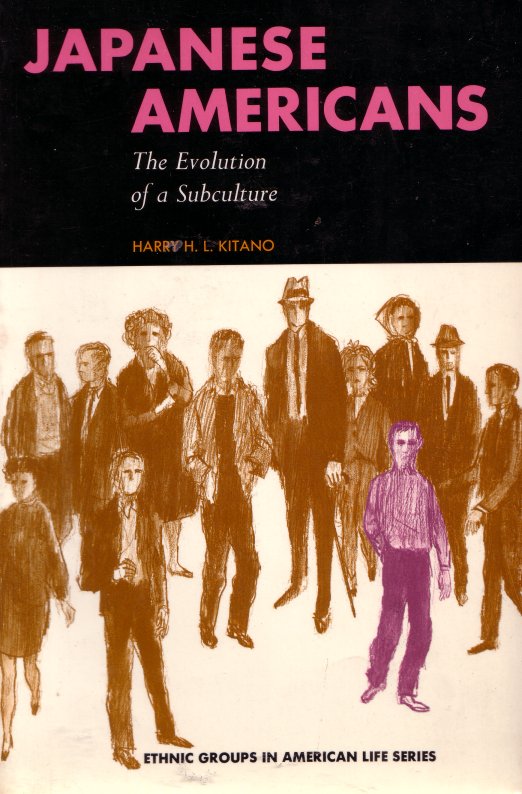
Japanese Americans: The Evolution of a Subculture

This is another of the somewhat older books on the subject, dating from 1969. It's more sociological than historical in nature although it does have a good bit of material on the internment camps.
It covers the history before, during and after the internment camps, and also goes into various aspects of Japanese American/Japanese culture.
The author has a section on the Santa Anita riot and he refers to the camps as being concentration camps, that in most senses that's what they actually were. The author explores both negative and positive results of the internment, noting that:
But the most relevant point for our purpose is that the wartime evacuation aided the acculturation of the Japanese, especially the Nisei. New exposure, new opportunities, the dissolution of old institutions and structures, and life away from the ghettos hastened change.
At the same time the author notes that most families were ruined economically and that the family structure itself was damaged by life in the camps, even having an effect on the husband/wife relationships.
The author raises two questions; why did the internment occur, and why did the Japanese Americans cooperate? To the first, he notes racism, pressure from special-interest groups, the background of anti-Oriental prejudice, wartime conditions and the basic fact that few organizations spoke up in defense of the Japanese Americans.
As far as why did they cooperate include political powerlessness, the lack of any major leaders in the Japanese American community, economics and psychological conditions.
The author discusses the JACL somewhat and why there are still somewhat negative feelings towards it.
Main Index
Japan main page
Japanese-American Internment Camps index page
Japan and World War II index page
|